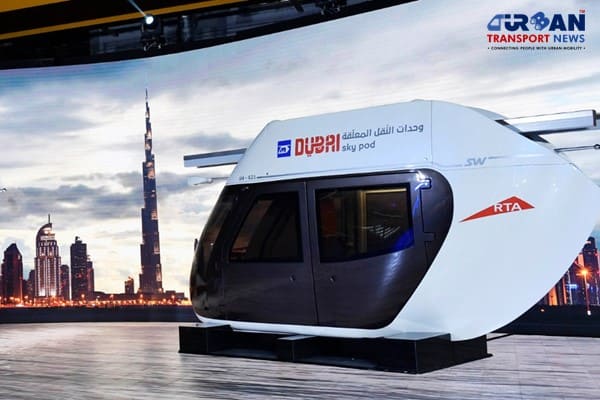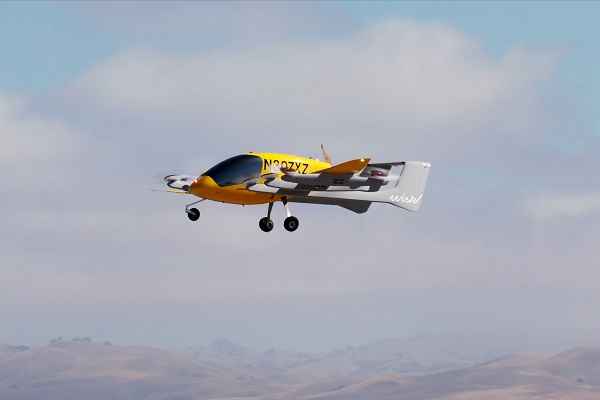 IndiGo to launch Urban Electric Air Taxis between Delhi to Gurugram
IndiGo to launch Urban Electric Air Taxis between Delhi to Gurugram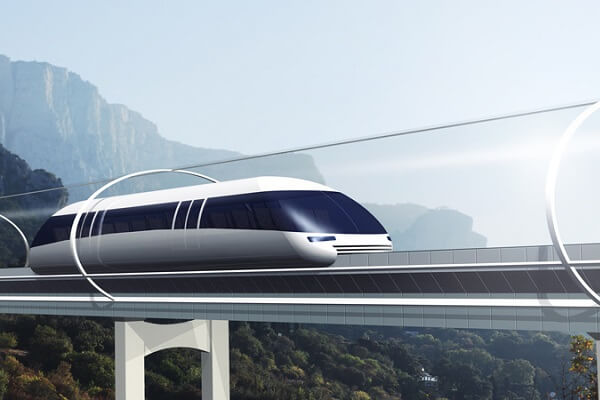 Swisspod secures Strategic Investment to advance the Hyperloop Transportation
Swisspod secures Strategic Investment to advance the Hyperloop Transportation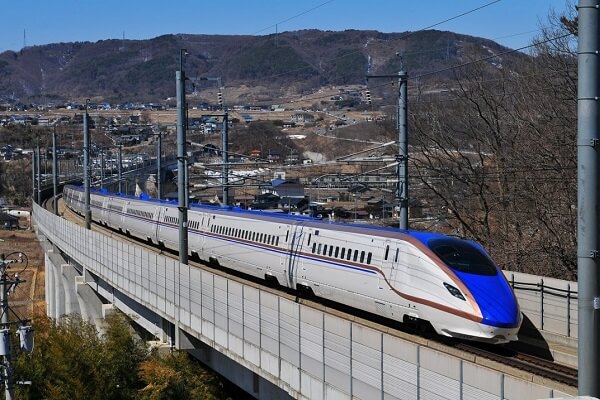 Siemens Mobility revolutionizes Copenhagen's S-bane Network with Driverless Technology
Siemens Mobility revolutionizes Copenhagen's S-bane Network with Driverless Technology Unlocking prosperity between India and Myanmar: The Kaladan Multi-Modal Transit Project
Unlocking prosperity between India and Myanmar: The Kaladan Multi-Modal Transit Project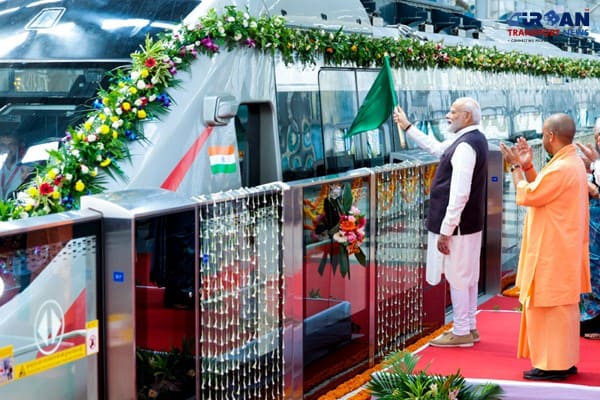 Is the RRTS Truly Accessible to the Common Man or Only the Privileged?
Is the RRTS Truly Accessible to the Common Man or Only the Privileged?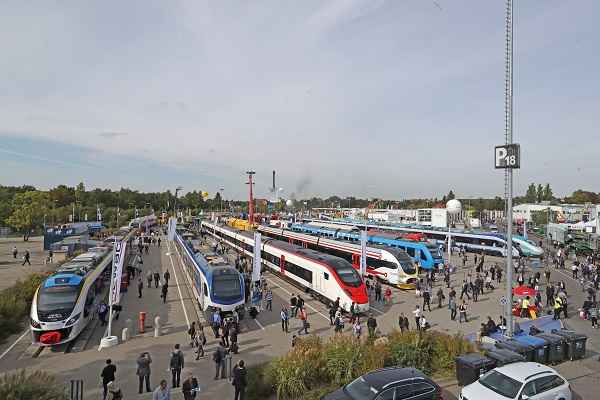 Alstom sold its Rail Signalling Technology Business to Knorr-Bremse for €630 million
Alstom sold its Rail Signalling Technology Business to Knorr-Bremse for €630 million Vensa Infrastructure wins ₹412.58 crore civil contract for Hisar Airport
Vensa Infrastructure wins ₹412.58 crore civil contract for Hisar Airport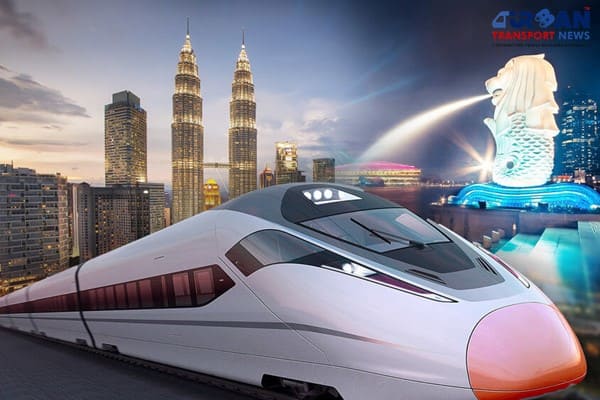 Kuala Lumpur-Singapore high-speed rail project cost could be slashed to RM70 Billion
Kuala Lumpur-Singapore high-speed rail project cost could be slashed to RM70 Billion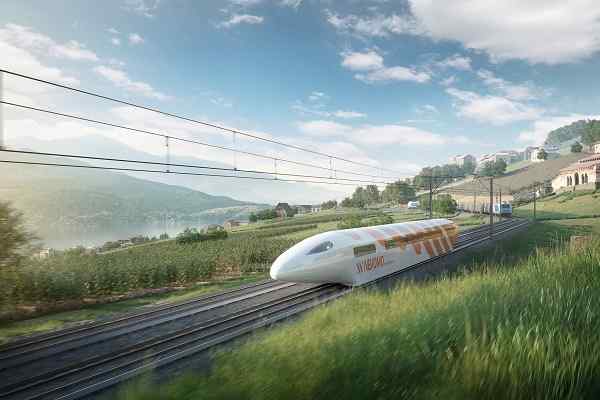 Nevomo's MagRail Technology Selected for Hyperloop Freight Demonstrator
Nevomo's MagRail Technology Selected for Hyperloop Freight Demonstrator Russia signs deal to procure bullet trains for Moscow - St. Petersburg high-speed line
Russia signs deal to procure bullet trains for Moscow - St. Petersburg high-speed line
How can Personal Rapid Transit (PRT) become a game changer in transport sector?
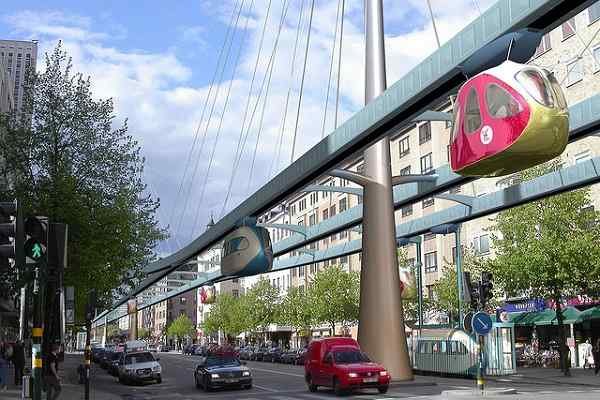
Personal Rapid Transit (PRT) refers to a mode of transportation that offers individualized, on-demand mobility within a network of dedicated tracks or guideways. It is designed to provide efficient and convenient transportation for short to medium-distance trips, typically within urban or campus environments. PRT systems are often automated and operate using small, lightweight vehicles that can carry a limited number of passengers.
Key characteristics of Personal Rapid Transit (PRT) systems
1. Individualized Transportation: PRT systems focus on providing personalized transportation by offering small vehicles that can accommodate a limited number of passengers, typically ranging from one to six individuals. Passengers can select their destination, and the system transports them directly without intermediate stops.
2. Dedicated Guideways: PRT operates on a network of dedicated tracks or guideways separate from regular road traffic. These guideways can be elevated, at-grade, or underground, depending on the system's design and the urban context in which it operates.
3. On-Demand Service: PRT vehicles are available on-demand, meaning passengers can request a ride when they need it. This flexibility allows users to travel whenever they want without adhering to fixed schedules.
4. Automated Operations: PRT systems are often automated, with vehicles guided by a combination of sensors, computer systems, and centralized control. This automation enables precise control over vehicle movements, speeds, and spacing, enhancing safety and efficiency.
5. Point-to-Point Connectivity: PRT systems aim to provide seamless connectivity between origin and destination points. Passengers can select their desired destination, and the system calculates the optimal route and guides the vehicle accordingly, eliminating the need for transfers or shared rides.
6. Environmental Benefits: PRT systems are often designed to be environmentally friendly. Since they operate on electric power, they produce zero local emissions and can contribute to reducing air pollution and noise in urban areas.
7. Potential for Scalability: PRT systems can be scalable, with the capacity to handle varying demand by adjusting the number of vehicles in operation. This scalability makes them suitable for a range of environments, from small-scale deployments in university campuses to larger urban networks.
It's important to note that while PRT holds promise as a potential transportation solution, its widespread implementation and integration into existing urban infrastructures face various challenges, including high initial costs, public acceptance, and land-use requirements.
Advantages of Personal Rapid Transit (PRT) Systems
1. Efficiency: PRT systems are designed to be highly efficient. They use computer-controlled vehicles that operate on dedicated tracks or guideways, allowing for precise control over speed, acceleration, and deceleration. This results in smoother and faster journeys, reducing travel times and congestion.
2. Convenience: PRT offers a high level of convenience to passengers. It operates on a demand-driven basis, allowing users to request a ride at any time and be picked up and dropped off at their desired locations. This eliminates the need to wait for scheduled buses or trains, providing a more flexible and personalized transportation experience.
3. Reduced congestion and emissions: PRT systems can help alleviate traffic congestion in urban areas. By providing an efficient alternative to private vehicles, PRT can reduce the number of cars on the road, leading to less traffic congestion and fewer greenhouse gas emissions. PRT vehicles can also be designed to be electric or powered by renewable energy sources, further reducing their environmental impact.
4. Safety: PRT systems can be designed with advanced safety features. The use of computer control and dedicated guideways minimizes the risk of accidents caused by human error. Additionally, PRT vehicles can be equipped with sensors and communication systems to detect and avoid obstacles, further enhancing passenger safety.
5. Accessibility: PRT can be designed to provide enhanced accessibility for individuals with mobility challenges. The vehicles can be easily adapted to accommodate passengers with disabilities, including wheelchair users. The on-demand nature of PRT also ensures that people can access transportation services when and where they need them, regardless of their physical capabilities.
6. Scalability and flexibility: PRT systems are modular and scalable, meaning they can be easily expanded or modified to accommodate changing transportation needs. New stations or tracks can be added as required, allowing for flexible network development. This scalability makes PRT suitable for both urban and suburban environments, where transportation demands can vary.
7. Reduced infrastructure requirements: PRT systems typically require less infrastructure compared to traditional transportation modes like light rail or metro systems. The guideways can be elevated or built at ground level, minimizing the need for extensive excavation or land acquisition. This can result in cost savings during construction and allow for faster deployment of the transportation system.
It's important to note that while PRT offers several advantages, its implementation and feasibility depend on various factors such as the specific urban context, population density, and available resources. Cost, public acceptance, and integration with existing transportation networks are also important considerations when evaluating the benefits of PRT.
Disadvantages of Personal Rapid Transit (PRT) systems
Personal Rapid Transit (PRT) systems, while having some advantages, also come with several disadvantages. Here are some of the key drawbacks associated with PRT:
1. Limited Capacity: PRT systems typically consist of small, automated vehicles that carry a limited number of passengers, usually between 2 to 6 individuals. This limited capacity makes PRT less efficient in terms of transporting large numbers of people during peak hours compared to traditional mass transit systems like buses or trains.
2. High Infrastructure Cost: Implementing a PRT system requires substantial investment in infrastructure, including the construction of dedicated guideways, stations, and maintenance facilities. The cost per kilometer of PRT infrastructure is generally higher compared to other modes of transportation, making it less economically viable, particularly for cities with tight budgets.
3. Scalability Challenges: Expanding or modifying a PRT system can be complex and costly. Introducing new stations or routes often requires significant reconfiguration of the guideways, vehicles, and control systems. This lack of scalability makes it difficult to adapt PRT systems to meet changing transportation demands over time.
4. Limited Flexibility: PRT systems typically operate on fixed routes and schedules, which restricts passenger flexibility. Unlike cars or taxis, PRT vehicles cannot deviate from their predefined paths to accommodate specific passenger requests or provide door-to-door service. This limitation may not be suitable for individuals with diverse travel needs or those requiring personalized transportation options.
5. Technical Complexity and Reliability Concerns: PRT systems rely heavily on advanced automation and control technologies. The complex network of sensors, computers, and communication systems needed to operate PRT vehicles introduces the risk of technical failures, such as malfunctions or system errors. These failures can disrupt the entire system and potentially strand passengers, leading to concerns about reliability and safety.
6. Limited Compatibility: PRT systems often require exclusive rights-of-way, which may not be readily available in densely populated urban areas. Integrating PRT infrastructure with existing transportation networks, such as roads, may pose challenges due to space limitations and conflicting land use. This lack of compatibility can limit the feasibility and effectiveness of PRT as a standalone transportation solution.
7. Lack of User Familiarity: Introducing a new transportation mode like PRT requires users to learn and adapt to a different system, including understanding how to use the technology and navigate the network. This learning curve and the associated uncertainty may discourage some potential users from adopting PRT, especially if they are accustomed to existing transportation options.
It's important to note that the specific disadvantages of PRT can vary depending on the implementation and context. While some of these challenges can be addressed with further research and technological advancements, they currently represent significant obstacles to the widespread adoption of PRT systems.
As of my knowledge, PRT systems are still in the experimental or limited operational stages in some locations, and their broader adoption remains a topic of ongoing research and discussion.





